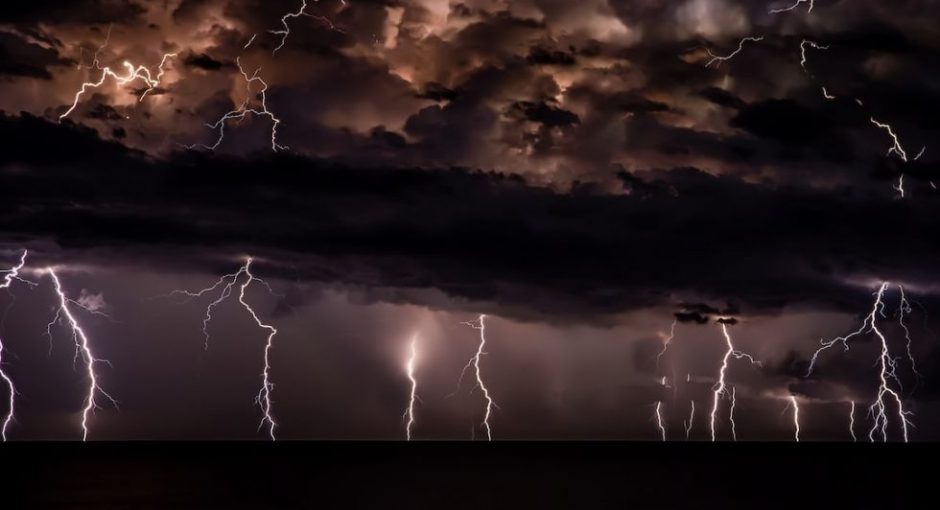The Washington Monument, the iconic obelisk located in the nation’s capital, is a symbol of the American spirit and a source of great pride for many citizens. It stands tall on the National Mall, a testament to the country’s strength and prosperity. But did you know that the monument is also vulnerable to the elements of nature? The Washington Monument is surprisingly prone to lightning strikes.
The Frequency of Lightning Strikes
Lightning is a frequent visitor to the Washington Monument. The National Weather Service estimates that the monument is struck by lightning about once a year. The monument is an ideal target for lightning because it is a tall structure in a relatively open area. The lightning strikes often cause power outages and minor damage to the monument.
Lightning Protection System
The National Park Service installed a lightning protection system in 2013 to help protect the monument from the dangers of lightning strikes. The system consists of a series of five-inch copper rods that are attached to the top of the monument. The rods provide a path of least resistance for the lightning, allowing it to be safely directed away from the monument. The system also includes a series of grounding rods that are buried around the monument to dissipate the electrical energy from the lightning strike.
Lightning’s Effects on the Monument
Lightning strikes can cause a variety of damage to the Washington Monument. The most common damage is to the windows, which can be shattered by the force of the lightning strike. The lightning can also cause minor damage to the exterior of the monument, such as pitting, cracking, and discoloration of the marble. In some cases, lightning strikes can cause the monument to vibrate, which can cause structural damage to the monument over time.
Preventive Measures
The National Park Service takes several steps to prevent lightning strikes from damaging the Washington Monument. They regularly inspect the monument for any signs of damage, and if any damage is found, they make necessary repairs. The Park Service also works with the National Weather Service to monitor weather conditions and take preventive measures when lightning is expected in the area.
Conclusion
The Washington Monument is a beloved national symbol and as such, it is important to protect it from the elements, including lightning strikes. The Park Service has taken steps to protect the monument from lightning strikes, including installing a lightning protection system and monitoring weather conditions. Despite these measures, the monument is still susceptible to lightning strikes, with an estimated frequency of once a year.




